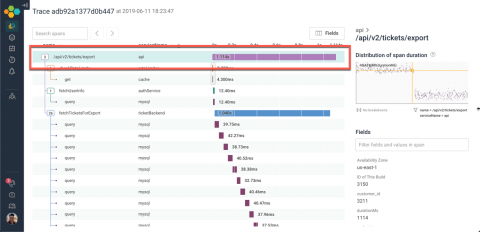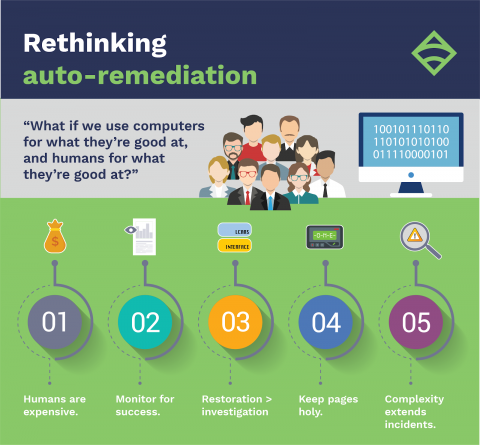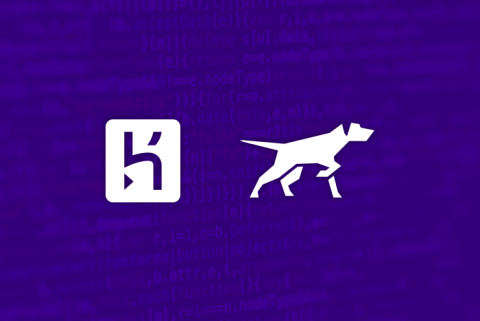OpsRamp Presents at Cloud Expo Santa Clara
Come and learn the latest best-practices on artificial intelligence, cloud management, and the rise of the data-driven IT organization. Global public cloud spending worldwide has now topped $200 billion, according to Forrester Research. Organizations are moving to the cloud at a breakneck pace, looking for agility, flexibility, reliability and cost control.











